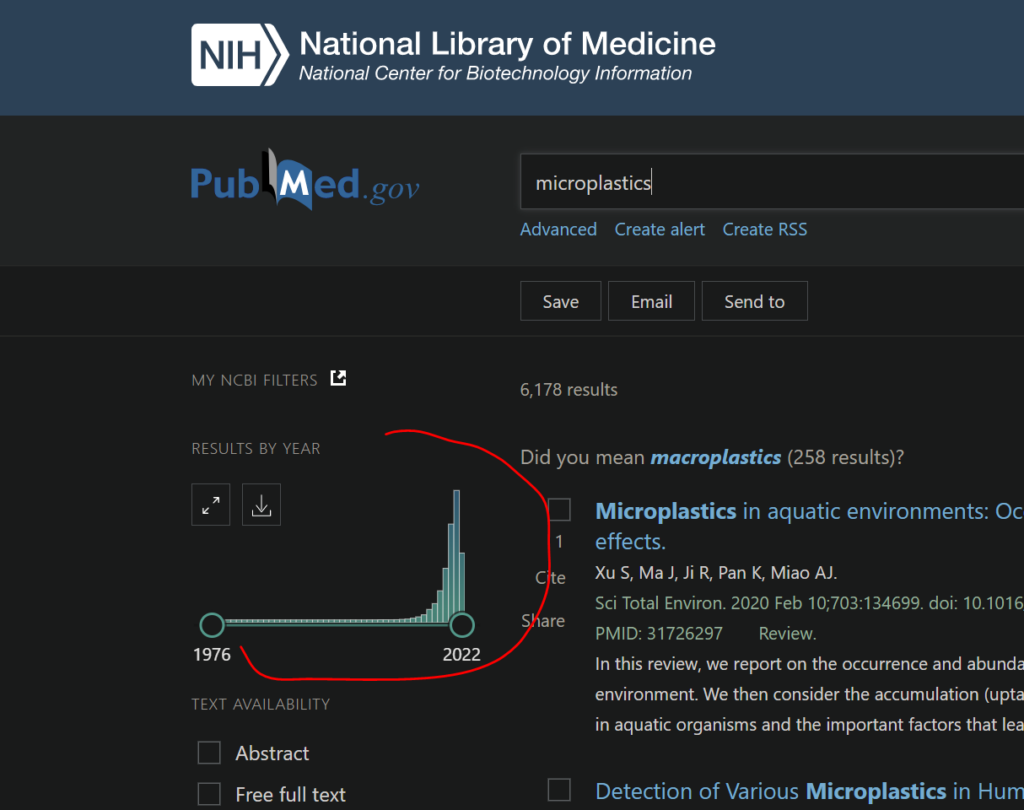Lead was known to be harmful. Yet, in the second half of the 1900s, Most people thought using lead to improve gasoline was not harmful. If the concentration of lead were low, it would not affect humans.
This was not the case. The damage done over several decades was irreversible by the time the authorities issued bans.
Why? Many people called out the dangers, yet the big oil companies making this gasoline pushed back. They were making too much money to want to give it up.
The oil companies even hired scientists to make studies claiming that it is not harmful because lead is found in nature.
Yet when scientists took measurements of lead in the oceans, they found the concentrations of lead near the surface were 10 times higher than in the deeper water. This means that lead pollution in the air was much higher than previously thought, and it was contaminating the surface of the ocean.
Further, in the 1970s, scientists found that people had 1000 times more lead in their bones than the bones of people hundreds of years ago. Increased levels of lead were then linked to lower IQ. And then, sometime later, it was found that lead-exposed children grew up to commit increased levels of violent crime.
After the ban on leaded gasoline, violent crime rates dropped.
It is estimated that the ban on lead saves 100m lives per year
Unlike the regulations on leaded gasoline, there are currently ZERO regulations on microplastics. in fact, there have been almost no studies on microplastics until a few years ago.

A study published by Environment International found that 80% of people have microplastics in their blood.
At current rates, plastic pollution is set to double by 2040.
Think about all the other materials like asbestos that have also caused untold harm to ourselves and our children.
Why wait for the government to step in before taking action? Who knows how long that will take before we see any reduction of plastic particles in the air and our homes.
I am optimistic. The United Nations and sever governments worldwide have started to fund additional research into this environmental pollution and its impacts on the food chain. Yet governments move slow, and all the while.
The only solution is for you to take action into your own hands. By making minor changes to your lifestyle, you can cut out many microplastics from your life.
Cancer, dementia, Alzheimer’s, and microplastics have been found in the blood, brain, placenta, and newborn children. The longer you wait, the larger the impact on you and your loved ones.
If you are a new, or expecting parent, one very fast way to start removing microplastic pollution is to switch from plastic to glass baby bottles. Warm liquid causes plastic degradation, causing your newborn to ingest millions of pieces of plastic and plastic debris.
Toxic microplastics have even been found to attach to red blood cells, damaging them and limiting their ability to carry vital oxygen around your body.
Type of Microplastic
Many of these tiny particles are from a plastic called PET – which is often used in drink bottles. Another type is called Polystyrene, which is used for food packaging, and there is also Polyethylene, i.e., plastic bags.
All kinds of plastic break down into smaller pieces. Every plastic bag or water bottle and fiber from polyester or synthetic clothing becomes millions and millions of toxic, carcinogenic dust. Already, 9 out of 10 raindrops in a refreshing storm contain plastic.
Many of you remember the ‘acid’ rain scare several years ago. It was all over the news, and people were often worried about the dangers to their health. In the coming years, we will see more and more people worried about this they learn about this catastrophe.
Human health
Microplastics have been detected across the total environment of the world. Microplastic particles and plastic bits have been found even in Antarctica and at the top of Mount Everest.
Drinking water can be a danger as well unless you use specialized filters.
One such filtration product is called “reverse osmosis” I will be doing a separate article on those systems in the future.
Unfortunately, you, too, already have microplastics in your body. Preventing more is a great start, yet it is not enough. We need to take action to start to cleanse our bodies of the toxic microplastics that we already have! Keep your eye out and subscribe to the newsletter to ensure you aren’t missing any information!
Source(s)
Heather A. Leslie, Martin J.M. van Velzen, Sicco H. Brandsma, A. Dick Vethaak, Juan J. Garcia-Vallejo, Marja H. Lamoree, Discovery and quantification of plastic particle pollution in human blood, Environment International, Volume 163, 2022.
